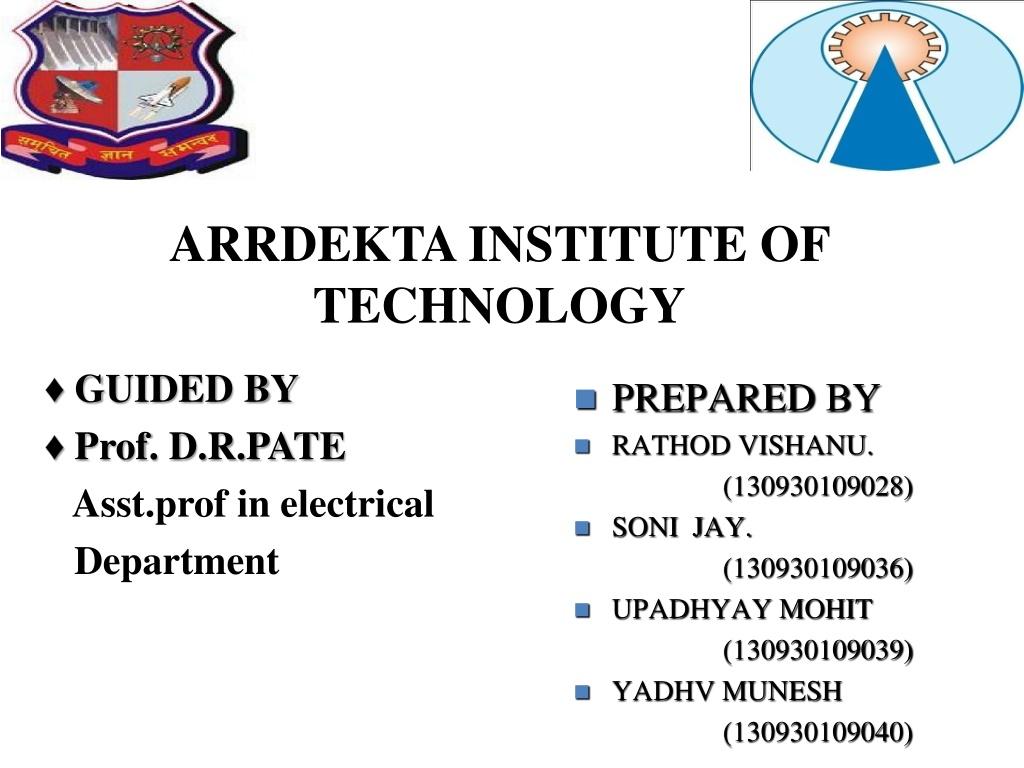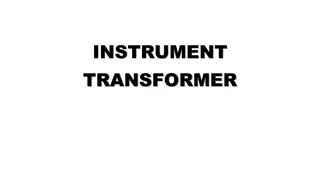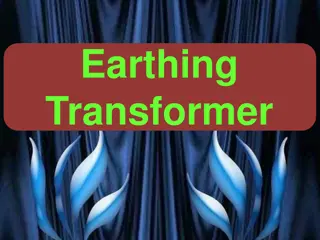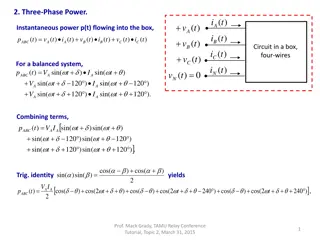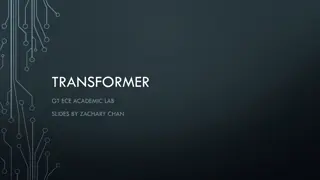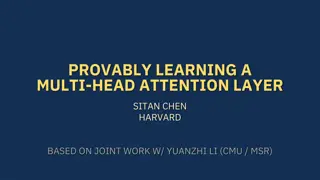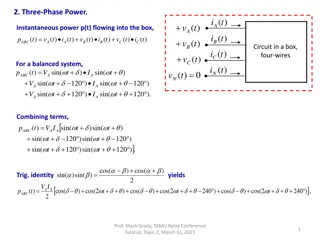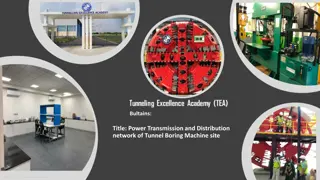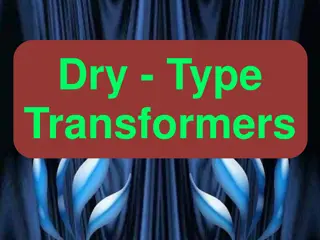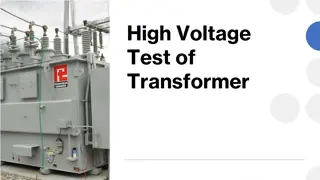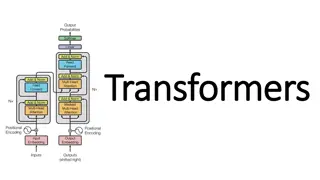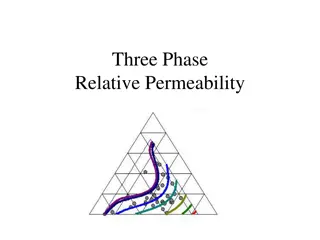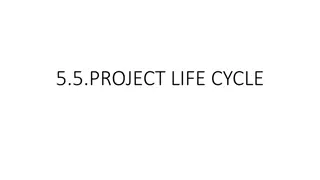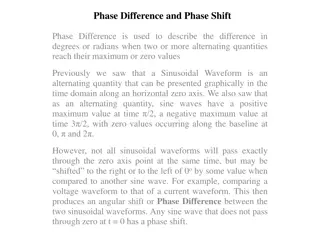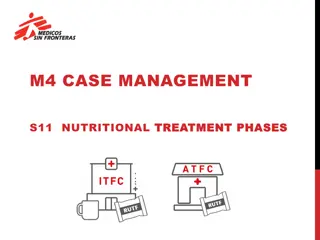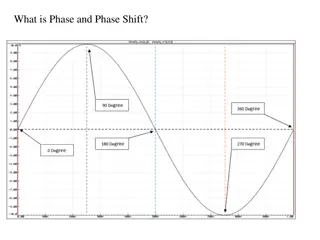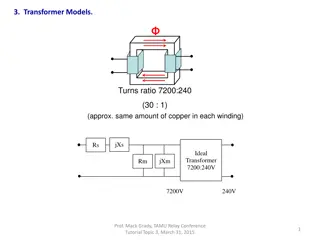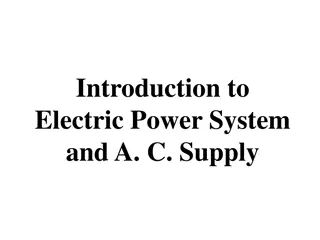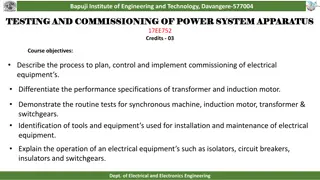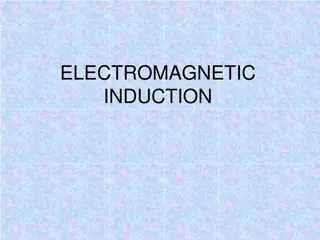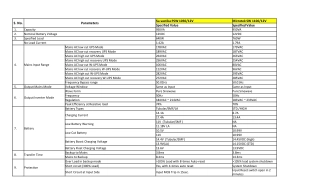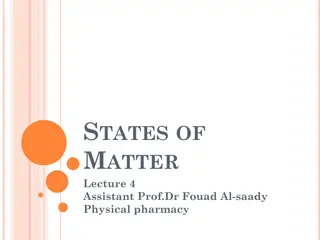Understanding Three Phase Transformers and Connections in Power Systems
Exploring the fundamentals of three-phase transformers and their connections in power systems, such as star-star, delta-delta, star-delta, and delta-star. Learn about advantages, disadvantages, and applications of these configurations in balanced and unbalanced loads. Discover how three single-phase transformers can be combined to form robust three-phase systems.
- Power Systems
- Three Phase Transformers
- Electrical Engineering
- Transformer Connections
- Power Distribution
Download Presentation

Please find below an Image/Link to download the presentation.
The content on the website is provided AS IS for your information and personal use only. It may not be sold, licensed, or shared on other websites without obtaining consent from the author. Download presentation by click this link. If you encounter any issues during the download, it is possible that the publisher has removed the file from their server.
E N D
Presentation Transcript
ARRDEKTA INSTITUTE OF TECHNOLOGY GUIDED BY Prof. D.R.PATE Asst.prof in electrical Department PREPARED BY RATHOD VISHANU. (130930109028) SONI JAY. (130930109036) UPADHYAY MOHIT (130930109039) YADHV MUNESH (130930109040)
THREE PHASE TRANSFORMERS
THREE PHASE SYSTEM BASICS Line voltage VL= voltage between lines Phase voltage Vph= voltage between a line and neutral
THREE PHASE SYSTEM BALANCED STAR Line Voltage, VL= 3Vph Line current, IL = Iph
THREE PHASE SYSTEM BALANCED DELTA Line Voltage VL= Vph Line current IL = 3 Iph
THREE PHASE TRANSFORMERS Almost all major generation & Distribution Systems in the world are three phase ac systems Three phase transformers play an important role in these systems 3 phase transformers can be constructed from (a) 3 single phase transformers (b) 2 single phase transformers (c ) using a common core for three phase windings
3 phase Transformer connections By connecting three single phase transformers 1. Star- Star connection 2. Delta- Delta connection 3. Star Delta connection 4. Delta Star connection
Star- Star connection This connection satisfactory only in balanced load otherwise neutral point will be shifted.
Star- Star connection Advantages 1.Requires less turns per winding i.e. cheaper Phase voltage is 1/ 3 times of line voltage 2.Cross section of winding is large i.e. stronger to bear stress during short circuit Line current is equal to phase current 3. Less dielectric strength in insulating materials phase voltage is less
Star- Star connection Disadvantages 1.If the load on the secondary side unbalanced then the shifting of neutral point is possible 2.The third harmonic present in the alternator voltage may appear on the secondary side. This causes distortion in the secondary phase voltages 3. Magnetizing current of transformer has 3rd harmonic component
Delta - Delta connection This connection is used for moderate voltages
Delta - Delta connection Advantages 1. System voltages are more stable in relation to unbalanced load 2. If one t/f is failed it may be used for low power level i.e. V-V connection 3. No distortion of flux i.e. 3rd harmonic current not flowing to the line wire
Delta - Delta connection Disadvantages 1.Compare to Y-Y require more insulation. 2. Absence of star point i.e. fault may severe.
Star- Delta connection Used to step down voltage i.e. end of transmission line
Star- Delta connection Advantages 1. The primary side is star connected. Hence fewer number of turns are required. This makes the connection economical 2. The neutral available on the primary can be earthed to avoid distortion. 3. Large unbalanced loads can be handled satisfactory.
Star- Delta connection Disadvantages The secondary voltage is not in phase with the primary. (30 phase difference ) Hence it is not possible to operate this connection in parallel with star-star or delta-delta connected transformer.
Delta - Star connection This connection is used to step up voltage ie. Beginning of high tension line
Delta - Star connection Features secondary Phase voltage is 1/ 3 times of line voltage. neutral in secondary can be grounded for 3 phase 4 wire system. Neutral shifting and 3rd harmonics are there. Phase shift of 30 between secondary and primary currents and voltages.
